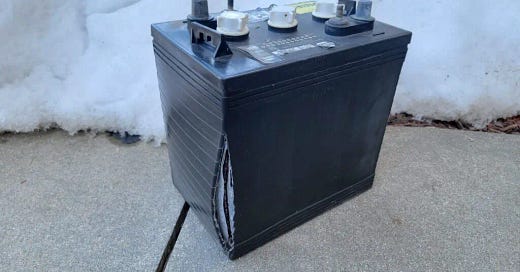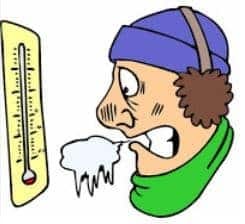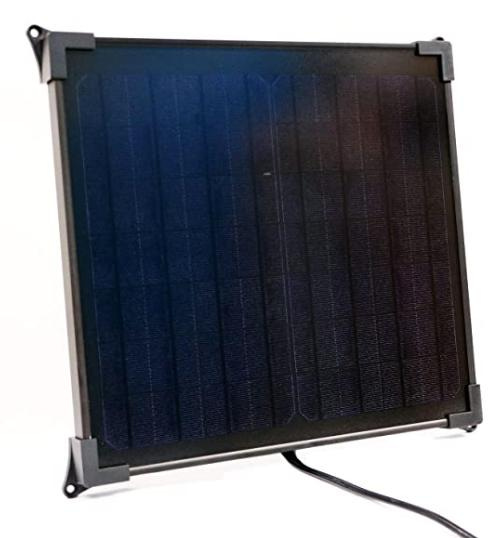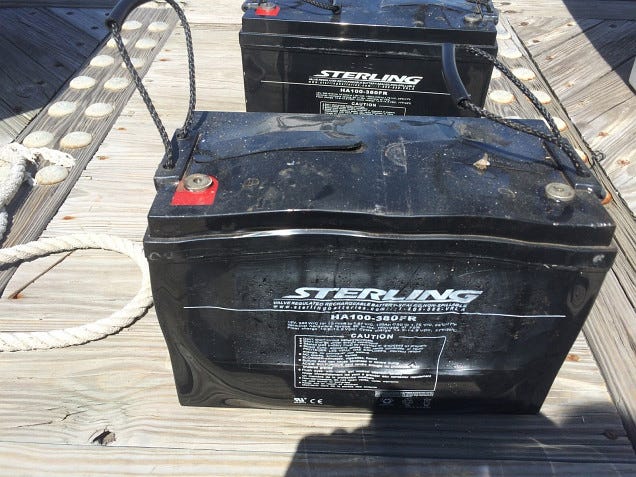Dear Mike,
I have a truck camper that is used for camping most of the winter. It has a standard flooded cell battery. The outside battery compartment, while allowing for off-gassing of the battery, also allows the zero degree temperature to affect battery performance and potential freezing. I understand that it is potentially unsafe to place the battery inside the camper … but how else can I keep it from suffering/freezing? Or is there a safe way to store the battery inside the camper while in use? —Reed J.M.
Dear Reed,
I found this information on the U.S. Battery website:
A FULLY CHARGED LEAD-ACID BATTERY HAS A FREEZING POINT AROUND -80 °F. AT A 40% STATE OF CHARGE – THE ELECTROLYTE WILL FREEZE IF THE TEMPERATURE DROPS TO APPROXIMATELY -16 DEGREES F – WHILE A FULLY DISCHARGED BATTERY HAS A FREEZING POINT AROUND +20 °F.
What does this mean for my RV battery?
So, if you have a standard 3-stage charger/converter on the battery, it will keep the battery fully charged as long as your RV is plugged into shore power. And, as noted above, a fully charged lead-acid battery is safe down to -80 degrees F. Let’s hope you’re camping in warmer weather than 80 degrees below zero.
And if you need to unplug from shore power for a month, as long as you use the battery disconnect switch and make sure that your smoke and CO detectors aren’t pulling any amperage, you should still have plenty of charge left to prevent the battery from freezing. That’s because a FLA (Flooded Lead Acid) battery will generally self-discharge at a rate of around 12% per month. So you would still have nearly 90% SoC (State of Charge) after a month of sitting disconnected from everything.
But what if I’m shutting down for the season?
However, if you need to leave your RV unplugged for several months or more, then I think that a Solar Battery Tender is a great option. Be sure to get one with a built-in battery maintainer function that will maintain a safe charge level, not just trickle charge your battery. You can find them on Amazon and many RV specialty stores.
And be sure you check the battery water level every month (if you’re plugged into shore power and using the RV) and certainly before you put your RV to bed for the winter. But you’ll want to top off the battery water level first and then do any final charging to make sure the water and sulfuric acid have a chance to mix.
OK, everyone. Remember that electricity is a useful and powerful force, so we all need to pay attention to safety precautions while using it.
Let’s play safe out there…. Mike








